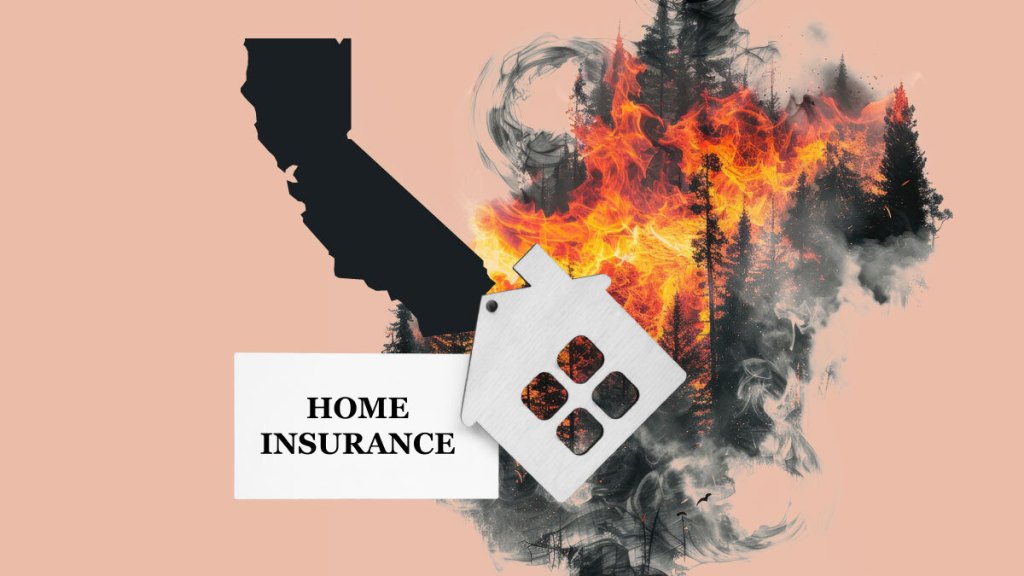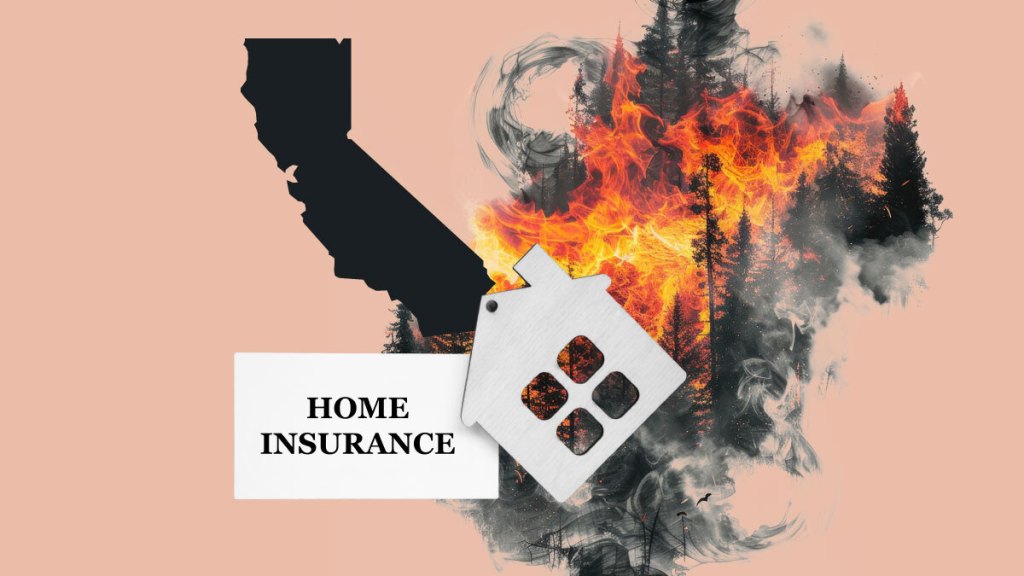
Malibu’s Franklin Fire torched over 4,000 acres this week in one of the country’s most expensive housing markets, putting more pressure on homeowners insurance premiums in a state that is already facing an insurance crisis. What will happen to insurance costs in California now?
The Franklin Fire is now 30% contained, the city of Malibu said in an update Thursday evening. The city also said that 12 structures were destroyed, including 6 single-family homes, and 11 were damaged (10 single-family homes and 1 outbuilding). Approximately 66% of residents have been allowed to return to their homes, while 1,600 remain under evacuation orders. But those numbers don’t tell the whole story.
“Anytime you have a fire in an area, the insurance carriers immediately stop writing business in that area, but then for years afterward, the appetite to come back in and ensure in that area dries up,” said Paul Scalone, a San Diego-based realtor and insurance agent with Dignified Insurance Services.
“An example of that is the 2003 Scripps Ranch wildfire, and still, to this day, getting insurance in that area is extremely difficult for both condos and single-family homes. Malibu is unique because the homes that are up there are ultra high-value homes, and they’re already costing $100,000 a year for fire insurance if they’re insurable.”
Other previous wildfires, including the Ventura Wildfire in November, have led to more than one million acres being burned by wildfires in California in 2024, according to CAL FIRE. As of Dec. 13, there have been 7,928 wildfires, one fatality and nearly 2,100 structures damaged or destroyed.
“I think with areas like that that do experience a major wildfire event, you immediately see it becoming harder and harder to secure insurance, and the costs go up,” said Scalone.
Scalone continued, “People are still going to continue to want to live [in Malibu]. The individuals who are able to purchase and live in the area have the means to do it, so I think what we might see eventually is individuals electing to either self-insure or carry the amount of insurance that they feel they need to be able to sleep at night, so just like catastrophe type insurance.”
Scalone added that the California FAIR Plan, which provides basic fire insurance coverage to high-risk properties that regular insurance agencies refuse, is often the “insurer of last resort” since it provides up to $3 million in coverage for residential properties. But that price doesn’t cover much in the celebrity and luxury home hub.
“Some of these homes in Malibu probably cost $3 million just to build, if not more. So that doesn’t leave much for personal belongings or things of that nature. And that kind of gets back into maybe people will purchase a $3 million FAIR Plan, and if anything happens that the FAIR Plan is not going to cover, they’ll have to come in and pay for out of pocket,” Scalone added.
The California FAIR Plan Association could not be reached for an interview, but shared a statement: “The California FAIR Plan Association closely monitors developments that could impact California’s insurance marketplace, including wildfires. As the state’s independent, not-for-profit ‘insurer of last resort,’ we are committed to ensuring all Californians have access to basic property coverage when they are unable to obtain it through the traditional marketplace.”
High insurance rates have been an issue for years in California, says Janet Ruiz, director of strategic communication for the Insurance Information Institute (Triple-I). Ruiz says that much of California’s problem is related to a 1988 measure – Proposition 103 – that constrains insurers’ ability to insure property in the state profitably.
“One particular fire won’t necessarily be a factor that changes insurance rates. We do see fires in Malibu from time to time. So the insurance companies work with the California Department of Insurance to set rates that are appropriate for the risk…it’s over time that insurance companies go to the Department of Insurance to make sure that they’re collecting adequate premiums.
“In the past that has been an issue in California due to Prop. 103, however, the Department of Insurance has been working steadfastly all year on their Sustainable Insurance Program to determine adequate rates,” Ruiz added.






